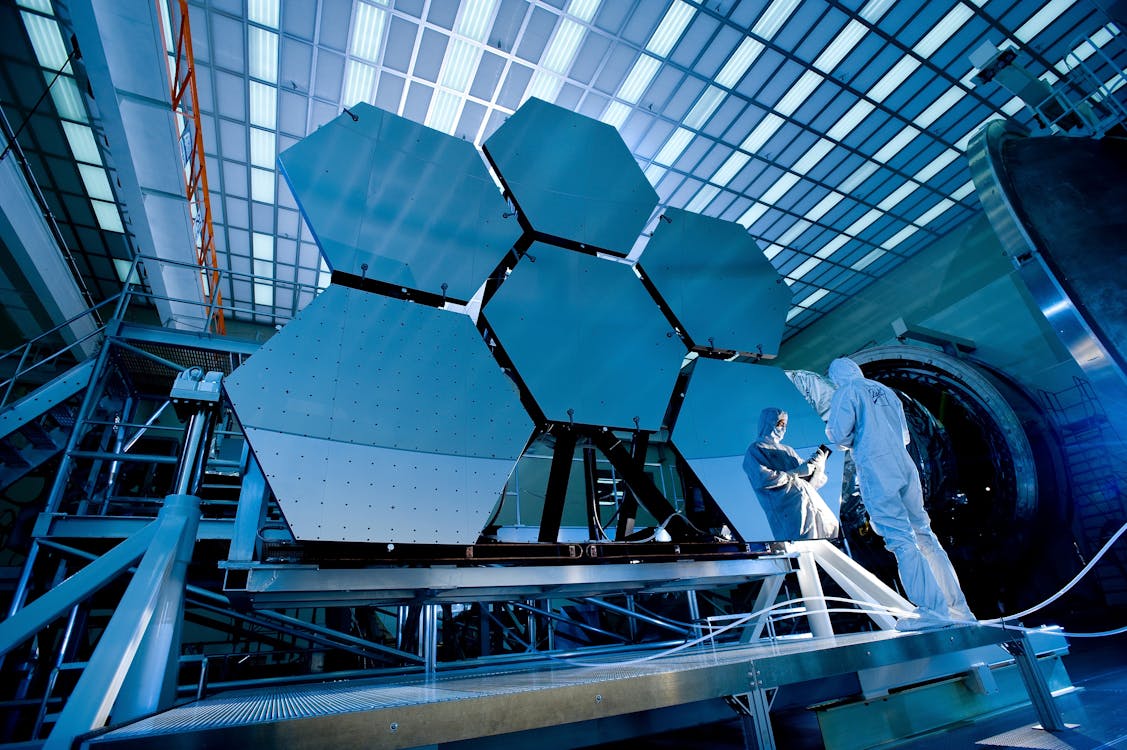A prototype is an introductory sample of your idea or product. It is made to test and improve its design, functions, and usability before moving to mass production. Prototyping is a vital part of your product development process. It allows the designers and engineers to recognize potential problems and make needed modifications before progressing towards costly manufacture runs.
China is a popular country for large organizations to outsource their prototyping needs.
10 great benefits of prototypes developed in China are:
- Cost-effective: One of the primary benefits of prototypes developed in China is their cost-effectiveness. Chinese manufacturers have a competitive edge in terms of production cost, which results in lower prices for the prototypes. For example, Foxconn produces prototypes for Apple at a lower cost, enabling Apple to offer affordable products.
- Quick turnaround time: Outsourcing to China also offers the advantage of faster turnaround times, as many manufacturers in China have large-scale production facilities with the capacity to produce prototypes quickly and efficiently.
- Access to large-scale production facilities: China has a vast network of production facilities that can produce prototypes in large quantities. For example, the Chinese manufacturer, BYD, has a production facility capable of producing 5 million electric cars per year.
- Customization: Chinese manufacturers can provide customization options for prototypes. They can adjust the size, shape, and other features of the prototype to suit specific requirements.
- Quality control: Chinese manufacturers have strict quality control measures in place to ensure the quality of the prototypes produced. For example, Huawei has a strict quality control process for its prototypes to ensure they meet international standards.
- Innovation: China is popular for innovative and creative talent pool, including prototype production. For example, NIO has developed a prototype with a swappable battery pack that can be changed in just three minutes.
- Collaboration: Chinese manufacturers are open to collaboration with international companies to develop prototypes.
- Wide range of materials: Chinese manufacturers have access to a wide range of materials to use in prototype production.
- Environmental sustainability: Chinese manufacturers are increasingly focused on environmental sustainability in their prototype production. For example, BYD produces electric vehicles with eco-friendly materials and processes.
- Global supply chain: China has a robust global supply chain network, which makes it easier for companies to source materials and components for their prototypes.
However, it is important to ensure that the outsourcing company selected is reliable and has a good track record of producing high-quality prototypes.
Prototyping process typically involves the following steps:
- Design & Engineering: The design team uses computer-aided design (CAD) software and creates a digital product model. The product’s features, materials, and manufacturing methods will be outlined.
- Material Selection: Once the design is complete, the materials needed to create the prototype are chosen. The material choice will depend on the specifications, features, and budget of the sample.
- Prototype Fabrication: The prototype is then fabricated using a combination of manufacturing techniques such as 3D printing, CNC machining, injection molding, or hand assembly. The choice of fabrication method will depend on the type of product and the materials used.
- Testing and Evaluation: Once the prototype is completed, it is thoroughly tested to ensure that it meets the design specifications and functions as intended. Any issues that arise are addressed and resolved, and the product is refined based on the results of the testing.
- Refinement and Finalization: Based on the feedback received from testing, the prototype may be refined and modified before a final version is produced. This process may involve making changes to the design or materials used to improve the product’s functionality, durability, or aesthetics.
- Production: Once the final prototype is approved, it can be mass-produced using the same manufacturing methods used to create the prototype.
Chinese market can be complex and difficult to navigate, but first research the manufacturer and establish clear communications and secure payment method to help build trust when it comes to prototype manufacturing in China.

